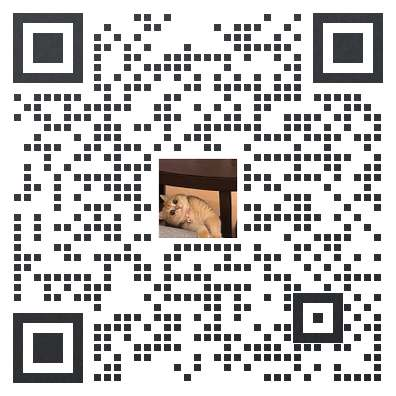Journal Pre-proof
Effects of titanium dioxide nanoparticle exposure on the gut
microbiota of pearl oyster (Pinctada fucata martensii)
Fengfeng Li, Yujing Lin, Chuangye Yang, Yilong Yan, Ruijuan
Hao, Robert Mkuye, Yuewen Deng
PII: S1532-0456(24)00074-7
DOI: https://doi.org/10.1016/j.cbpc.2024.109906
Reference: CBC 109906
To appear in: Comparative Biochemistry and Physiology, Part C
Received date: 2 February 2024
Revised date: 5 March 2024
Accepted date: 21 March 2024
Please cite this article as: F. Li, Y. Lin, C. Yang, et al., Effects of titanium dioxide
nanoparticle exposure on the gut microbiota of pearl oyster (Pinctada fucata martensii),
Comparative Biochemistry and Physiology, Part C (2023), https://doi.org/10.1016/
j.cbpc.2024.109906
This is a PDF file of an article that has undergone enhancements after acceptance, such
as the addition of a cover page and metadata, and formatting for readability, but it is
not yet the definitive version of record. This version will undergo additional copyediting,
typesetting and review before it is published in its final form, but we are providing this
version to give early visibility of the article. Please note that, during the production
process, errors may be discovered which could affect the content, and all legal disclaimers
that apply to the journal pertain.
? 2024 Published by Elsevier Inc.



